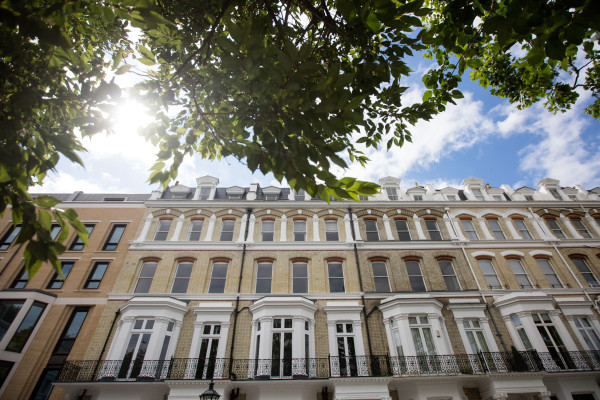

The shortfall in houses has shown signs of a market-wide buying pause, as both residential and buy-to-let homeowners focus on improving their current properties, rather than selling up or buying new ones.
Data published by Rightmove this week (19 July) showed a shortfall of 225,000 homes for sale which, if available, the rental platform said “would have corrected this stark imbalance between supply and demand, and would have stabilised price growth”.
The calculation is based on the first half of 2021, which saw 140,000 more sales being agreed, and 85,000 fewer new listings.
“From speaking with clients and agents we work with, I can only see this gap increasing,” said Kevin Dunn, co-founder and senior adviser at Furnley House - a firm made up of IFAs and mortgage brokers.
“A number of our clients [residential and buy-to-let] are choosing to stay and develop their current properties at present, rather than rushing to buy from the limited housing stock available. They are very much deciding to love their homes rather than list them.”
Others in the sector are seeing a similar trend. Chris Sykes, an associate director and mortgage consultant at Private Finance, said: “We continue to hear from clients that ‘all the decent houses have now gone’ and we have heard similar from our estate agent partners.”
But with interest rates remaining at rock bottom, Sykes added “regardless of the higher prices currently, now is a great time to buy, especially with the potential for inflation to put upward pressure on interest rates”.
Carl Shave, director at Just Mortgage Brokers, added the segment with the biggest imbalance between demand and supply was family homes of four bedrooms or above.
“This perhaps demonstrates the impact of stamp duty savings during the holiday period, whilst also demonstrating the increased emphasis on family wellbeing and security with homeownership.”
Martijn van der Heijden, Habito's chief financial officer, anticipates "demand to exceed supply for some time to come".
He added: "But now that the dust is beginning to settle post stamp duty cliff-edge, we expect buying behaviour to resume at a less frenetic, stop/start pace."
Buy to let
Over on the buy to let side, Richard Rowntree, Paragon Bank’s managing director for mortgages, told FTAdviser many investors were staying put with their current portfolios, due to the fierce competition.
Currently, there are on average 16 buyers per property sale, according to NAEA Propertymark. And as Rowntree pointed out, lending figures showed the number of buy-to-let completions for house purchases hit its highest level for five years in the first quarter of 2021.
“In the face of this competition for stock, we’re increasingly seeing that landlords are investing in upgrading their existing properties instead of competing for properties being sold.
“Although adding more stock to the sector and providing more homes is something that most of us would like to see, it’s also encouraging to know that landlords are focusing on improving homes for tenants.”
Some research has gone as far as to suggest around a fifth of landlords were considering to abandon their portfolios.
Nottingham Building Society found tax changes and increasing regulation meant the number of landlords planning to sell now outnumbered those planning to buy more properties.
But whilst he admitted there were some headwinds, Rowntree thought landlord confidence was high. “It’s not as bad as we thought it could be. Exiting is a bit of an exaggeration.”
He added many of Paragon Bank’s clients owned well-seasoned portfolios which had already experienced previous cycles such as the 2008 financial crash, and the 90s house price crash.
Meanwhile Jeremy Leaf, a north London estate agent and former RICS residential chairman, said the continued shortage of stock was “surprising”.
“We expected a faster vaccination rollout would encourage more people to put their properties on the market,” he explained.
“The big question now is by how much will activity fall? And what impact will that have on prices? Signs so far are that no great change will happen, as we are finding on the ground that buyers and sellers are welcoming the opportunity to move in less frenzied circumstances.”
The government has launched various new build schemes in a bid to help supply catch up with demand. One includes the ‘First Homes’ scheme, which offers first-time buyers 30 per cent off buying a new build home.
But the market is yet to feel its impact. “Newbuilds are being sold out much further ahead,” explained Accord’s Jeremy Duncombe.
“It used to work on a 28-day exchange. But now stock is being sold well ahead of time. People are just buying a plot, and builders are forward-selling.”
ruby.hinchliffe@ft.com



